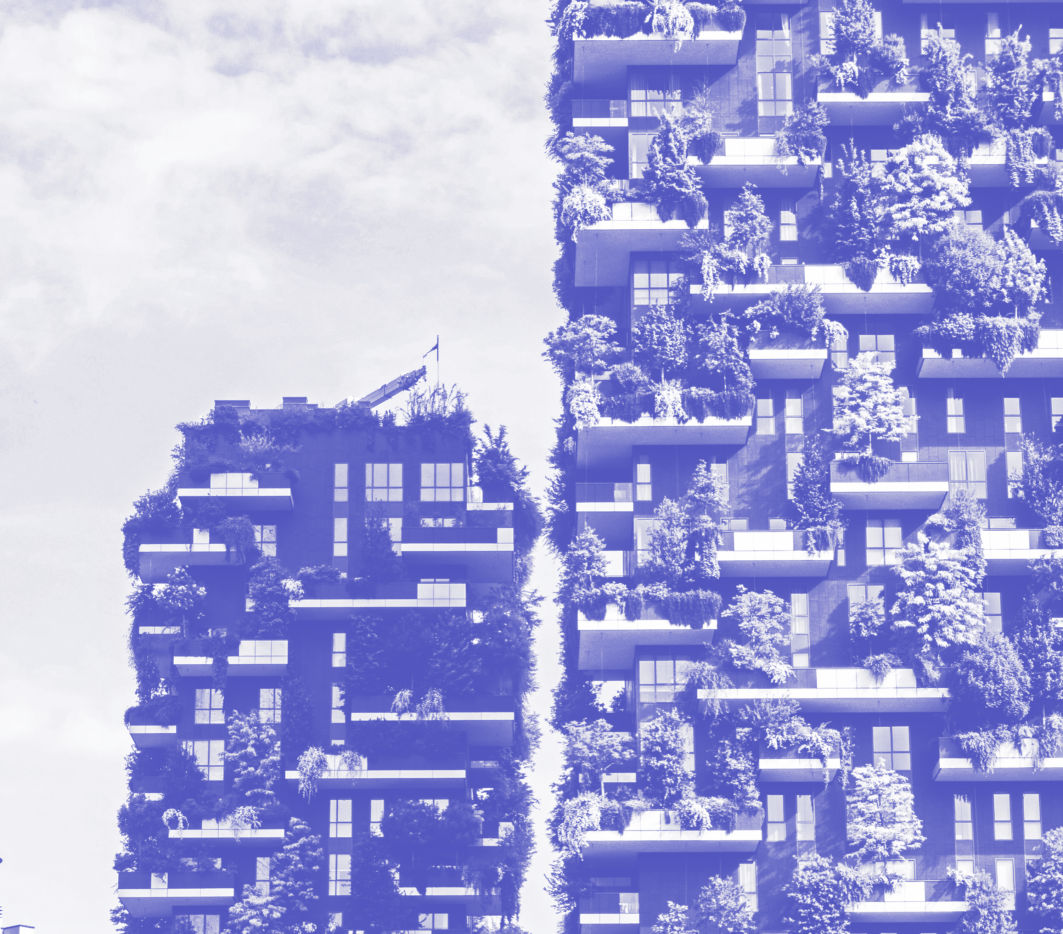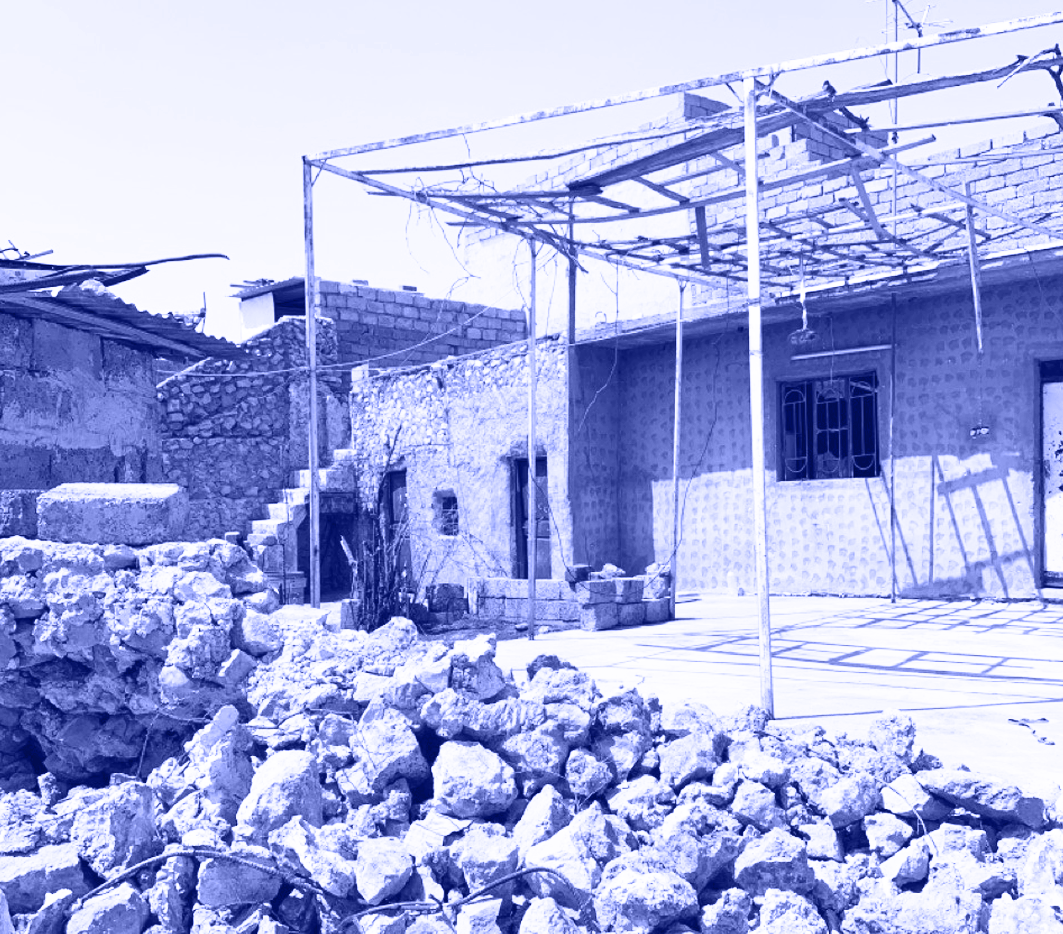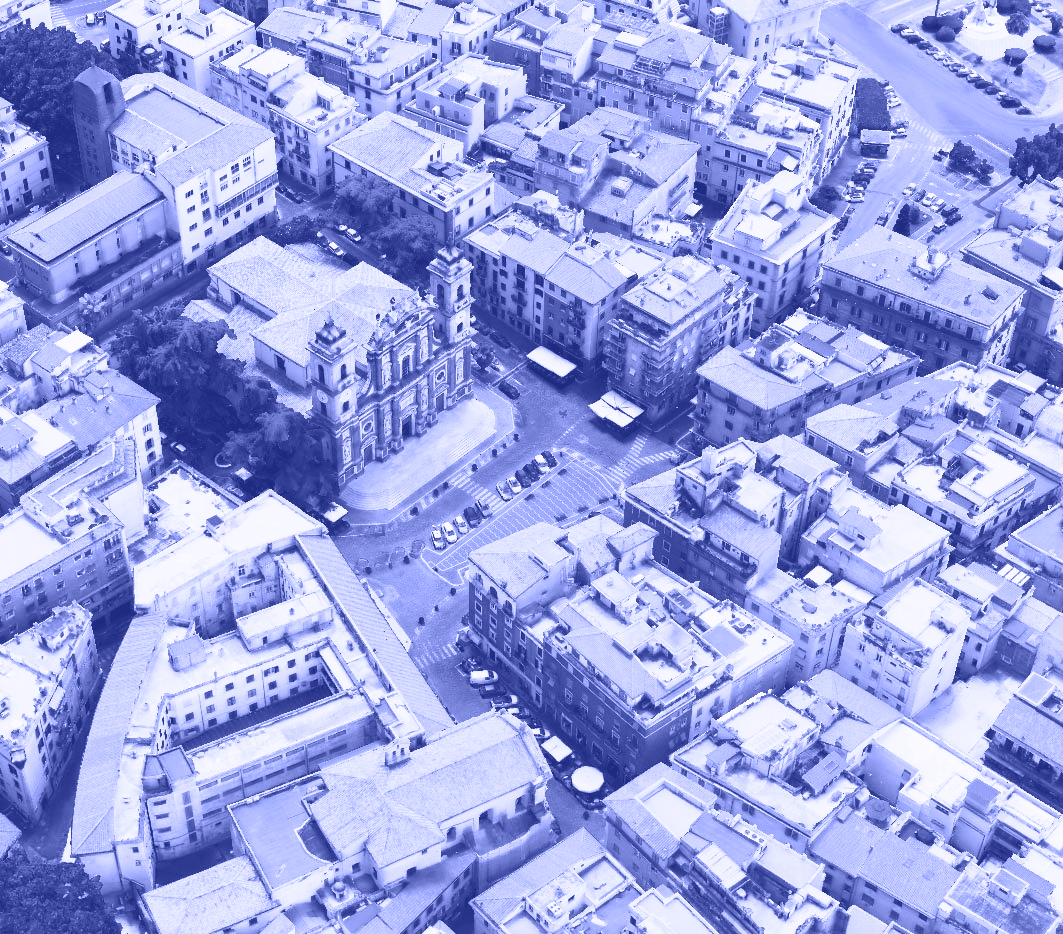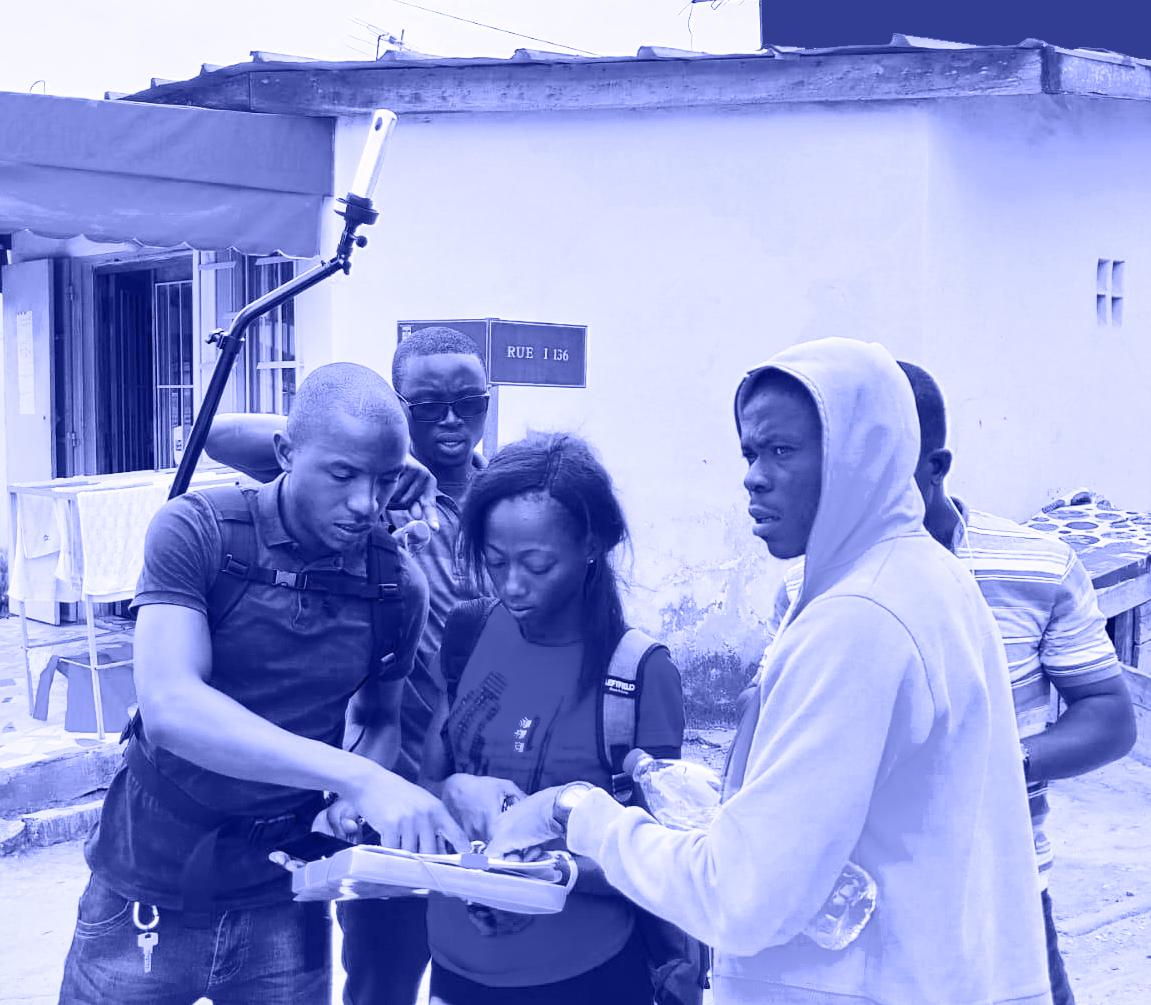
- Community-based cartography and Nature Based Solution for Urban Resilience in Abidjan
Harnessing Local Knowledge and AI for Sustainable Development in African Cities to empower sustainable development and informed decision-making.
Urban Digital Twins are advanced digital representations of urban environments, presented in 3D or 4D, that integrate diverse thematic geo-located information layers and enable the generation of real-time “what-if” scenarios and simulations.
By combining ultra-high-resolution UAV imagery, Earth Observation (EO) products, real-time sensor data, and authoritative geo-spatial data, these innovative systems create a cohesive and interactive environment.
This immersive and interactive platform empowers, often enriched with virtual or augmented reality functionalities, allows policymakers and urban planners to visualize, navigate, and explore urban landscapes, fostering informed decision-making and enabling comprehensive understanding of complex urban systems.
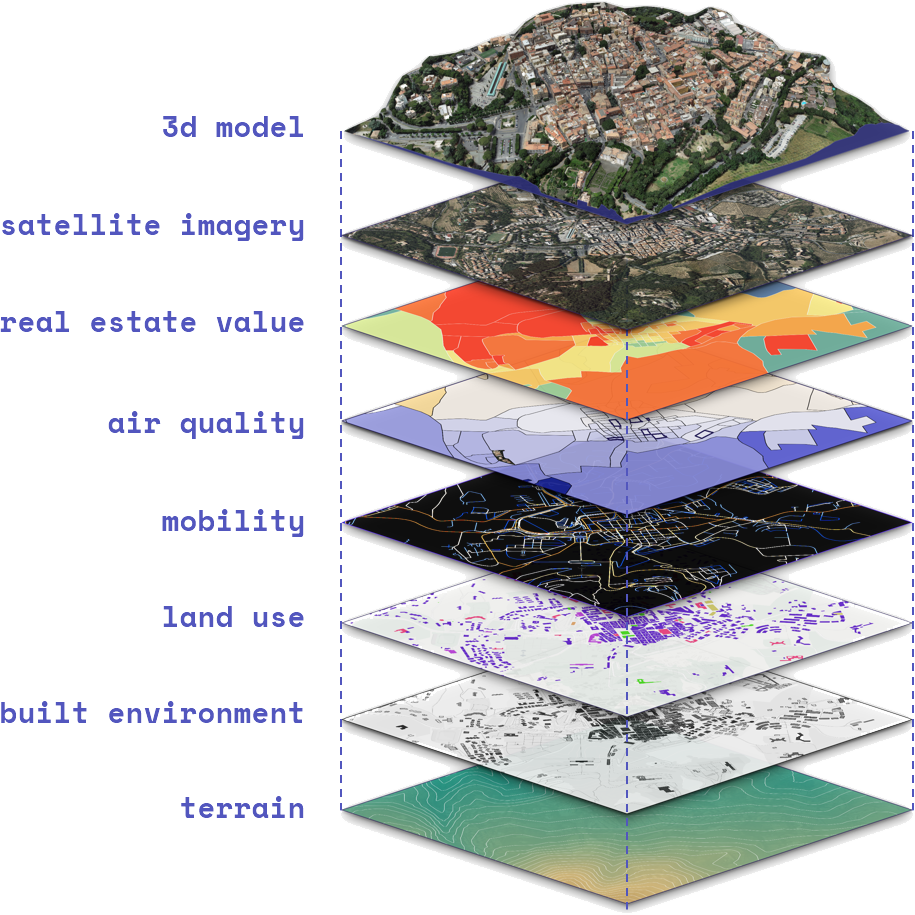
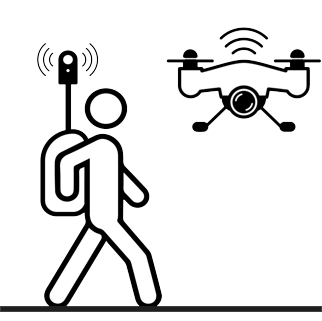

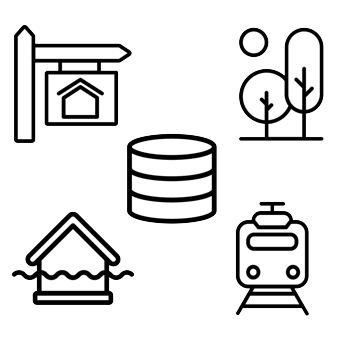
Generation of a fully textured, explorable, geo-referenced 3D model have derived from in-situ UAV and street-view panoramic imagery.
Environmental indices from sentinel-based products (i.e., monthly median S3 day/night LST, S5P tropospheric NO2 concentration, S1-based subsidence deformation rates)
Built environment indicators, weather and air quality measurements, mobility and transportation indicators hydrogeologic hazard maps and more…
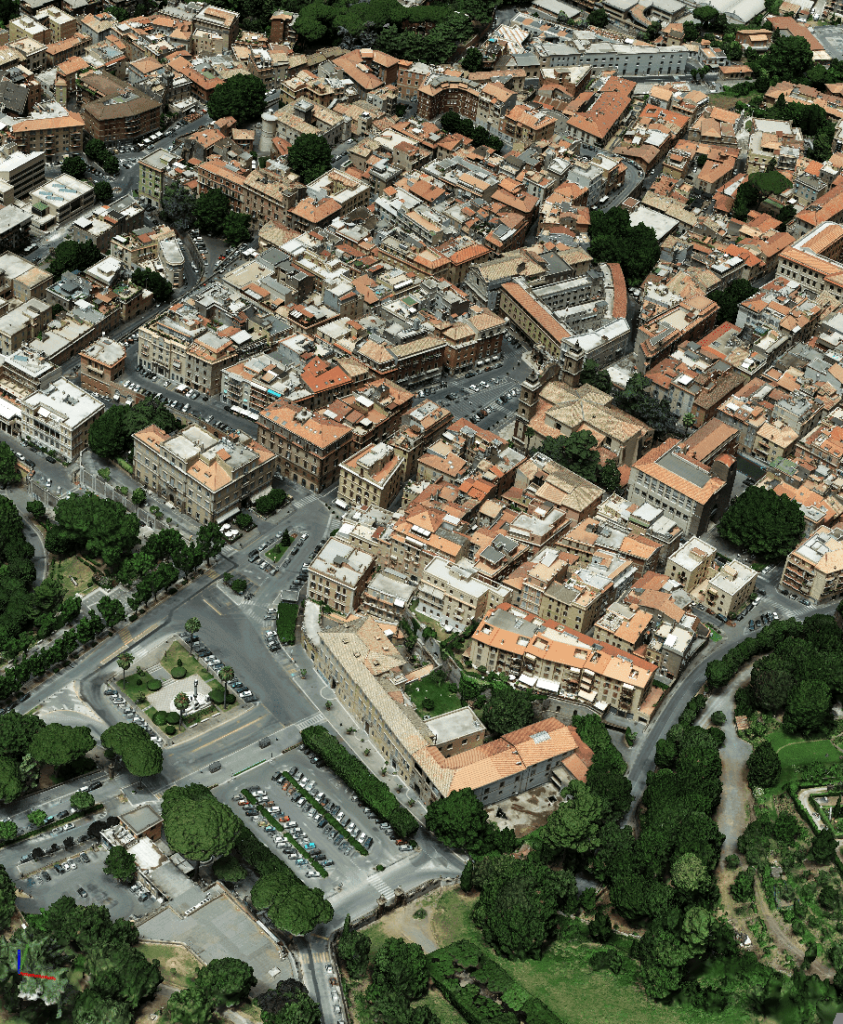
MindEarth, in collaboration with DLR and ESA Φ-Lab, has developed an advanced system for the visualization and exploration of a pilot 4D Urban Digital Twin (UDT) covering an extensive area of 83,000ha in the Roman Castles region of Italy.
The model incorporates a wide range of information layers, including Sentinel-based products, census data, built environment, environmental indicators, terrain topography, hazard maps, transportation indicators, mobility data and real estate information.
Additionally, specific sub-areas, such as the ESA-ESRIN establishment and the Frascati town center, have been meticulously modeled in fully textured 3D, derived from on-site UAV and street-view panoramic imagery.

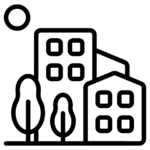

With the use of ultra-high-resolution multi-spectral drone and UAV imagery (with a nominal resolution 3 cm or lower), our fully-textured 3d models can truly capture the complex details of any area.
Decision-makers can interactively navigaate the model to better understand the spatial context and make informed decisions.
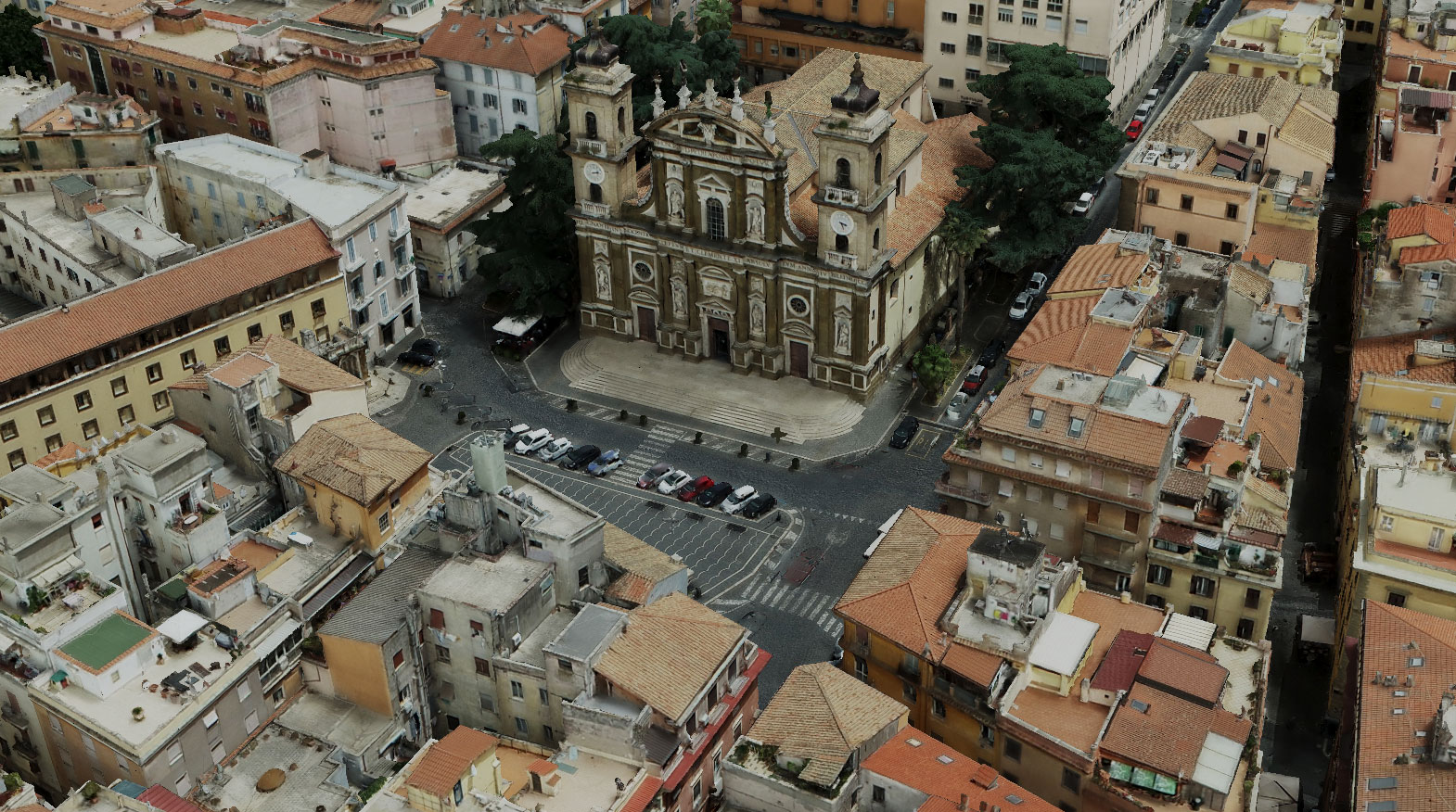
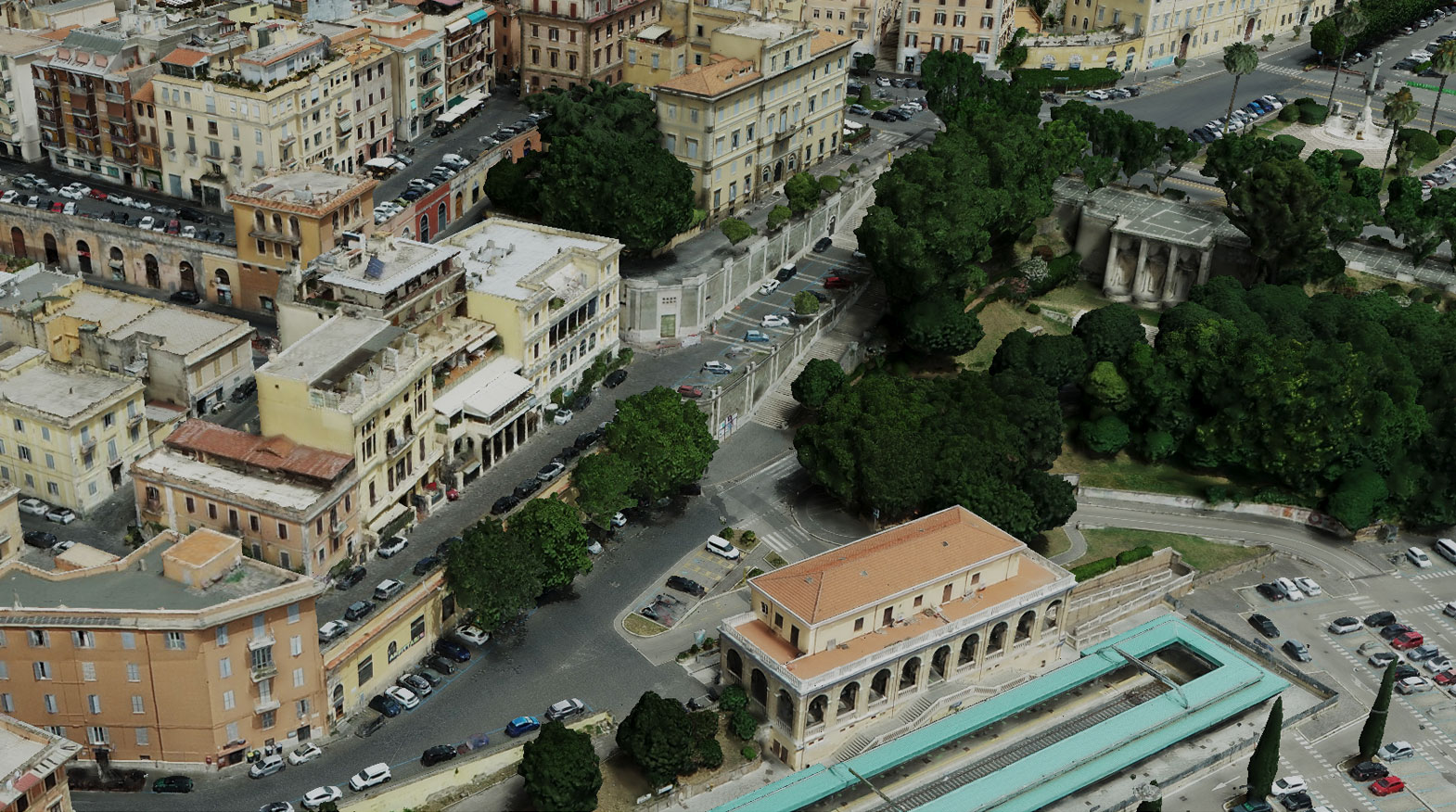
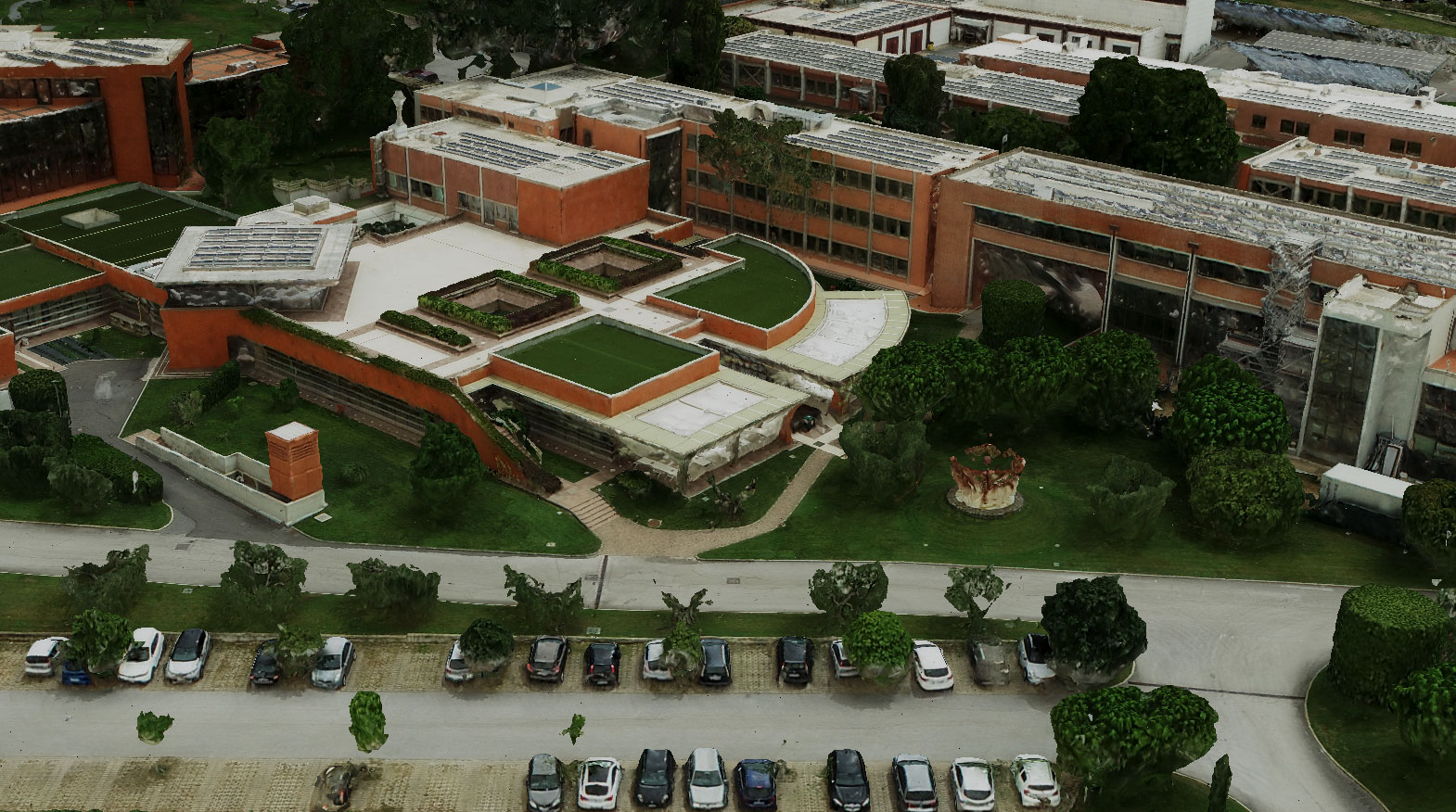
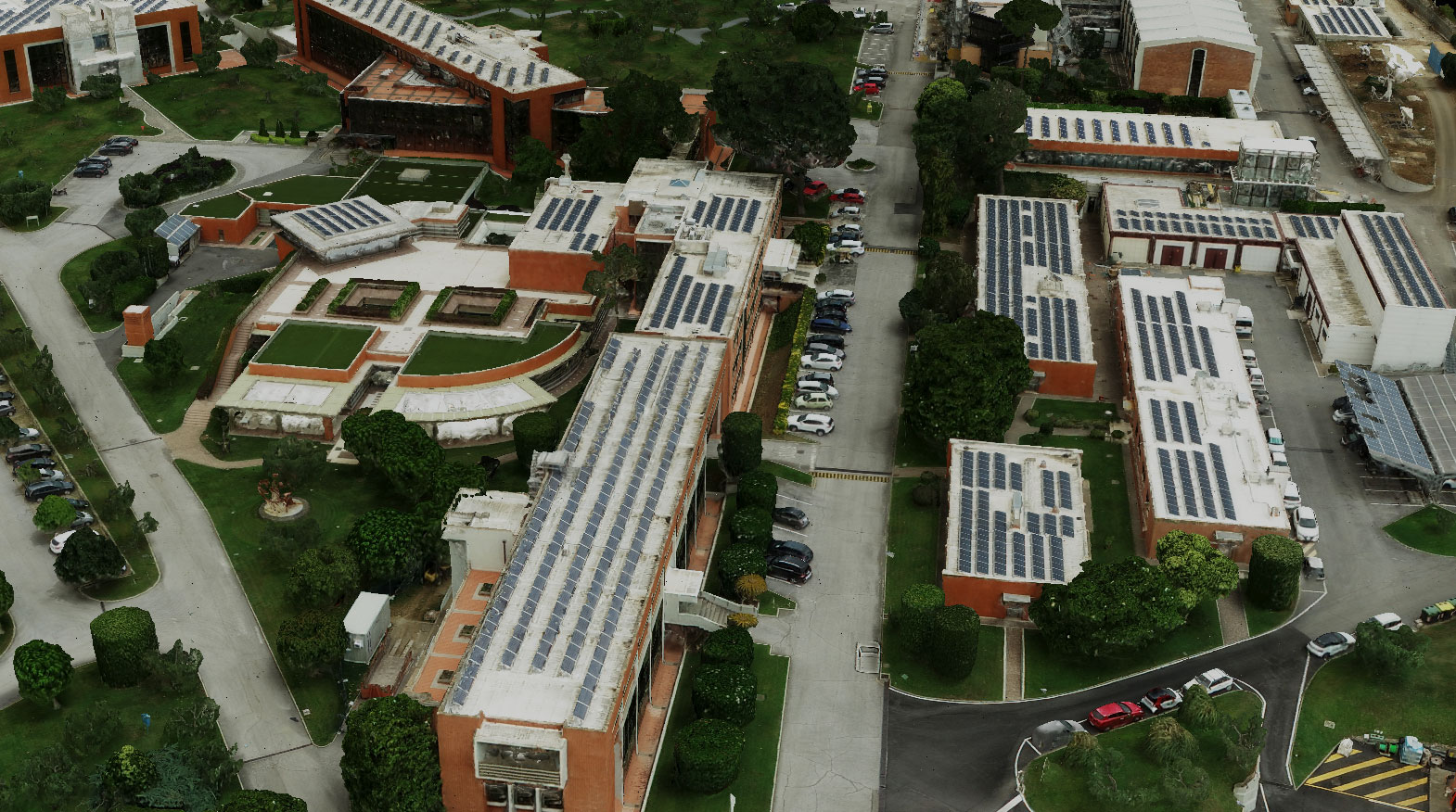
To build a complete and informative model of any area of interest, we rely on a variety of spatio-temporal data layers, including freely-available EO products, open data on buildings, streets and points of interest, terrain models, mobility and transport data, environmental hazard data.
Whether it’s preparing for natural disasters, addressing climate change challenges, or responding to unexpected events, digital twins enable cities to be better prepared and resilient.
Through “what-if” scenario simulations, urban digital twins provide a risk-free tool to test strategies, evaluate impact, promoting sustainability and resilience.


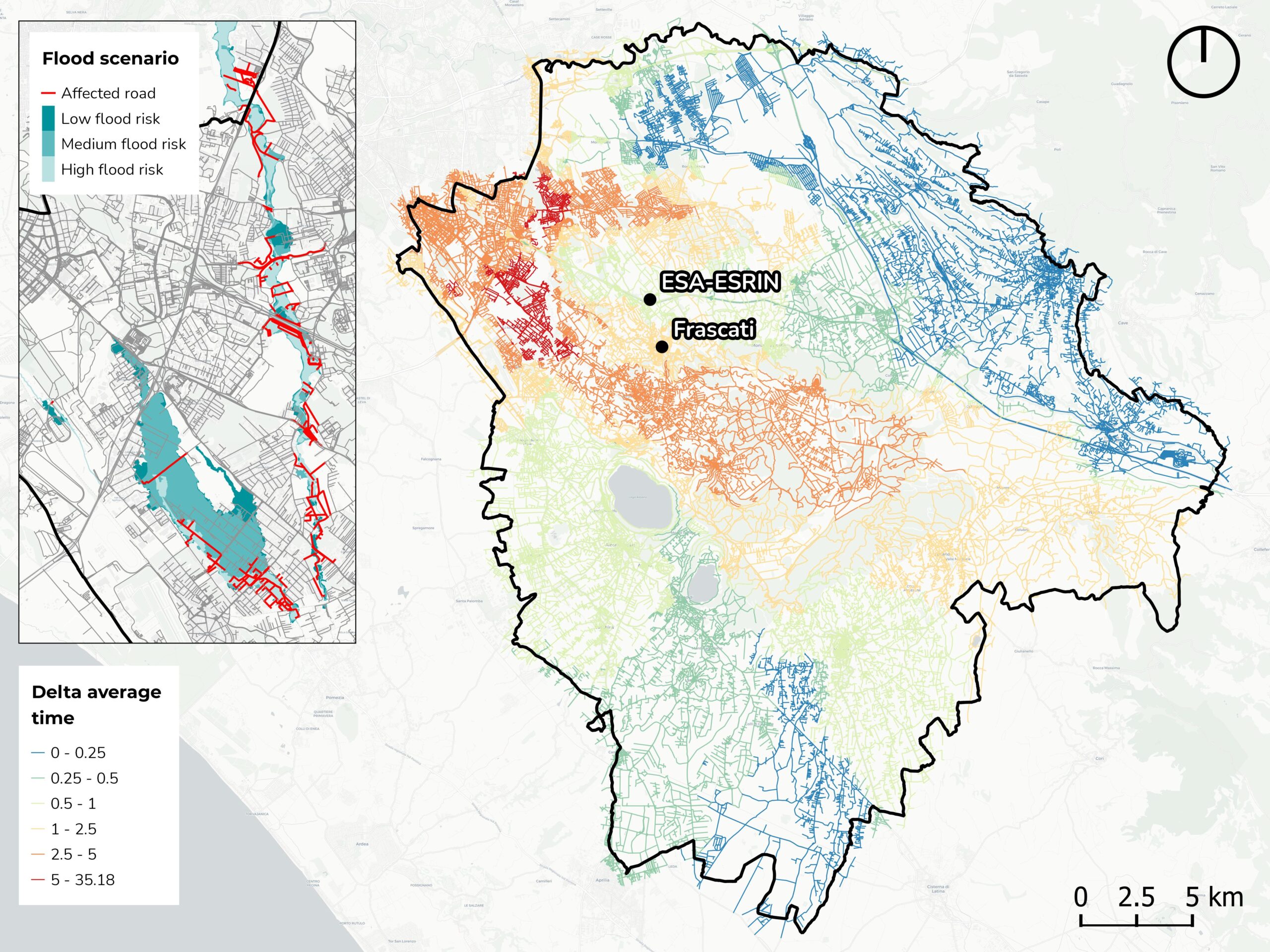
Our Digital Twins can be explored via different applications for a seamless user experience and accessible navigation. In this way, urban digital twins have the potential to empower citizens and foster collaboration between communities and decision-makers.
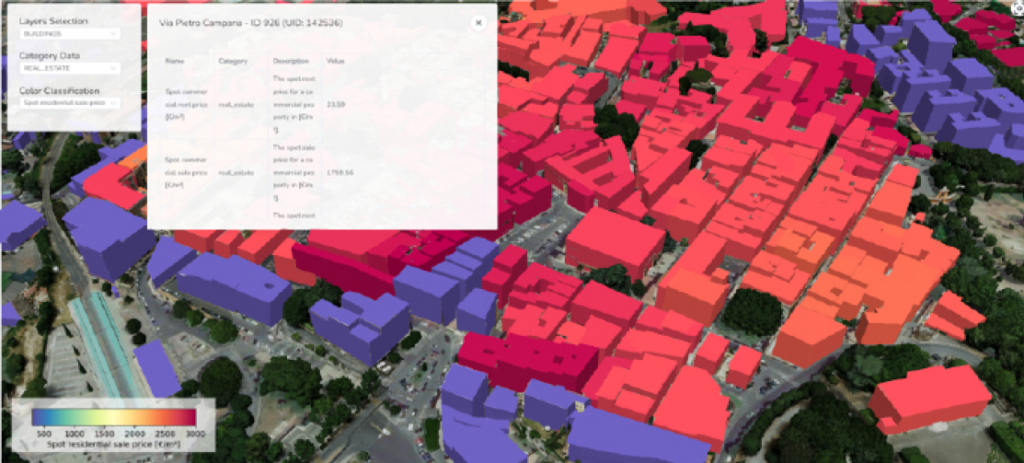
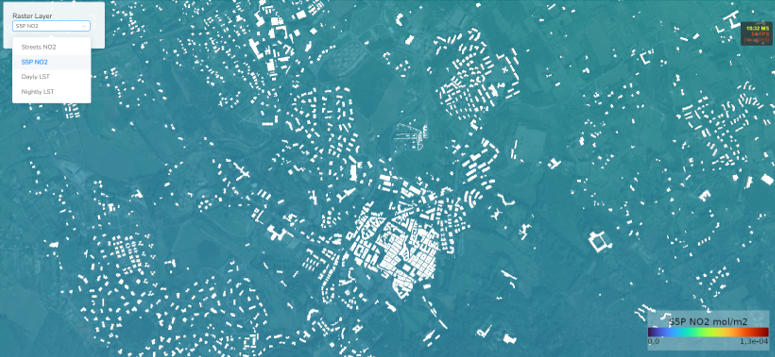
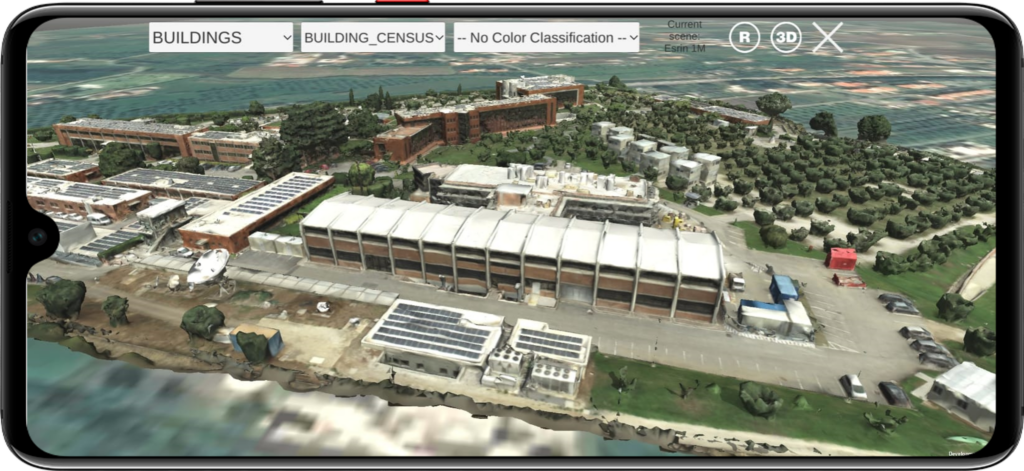
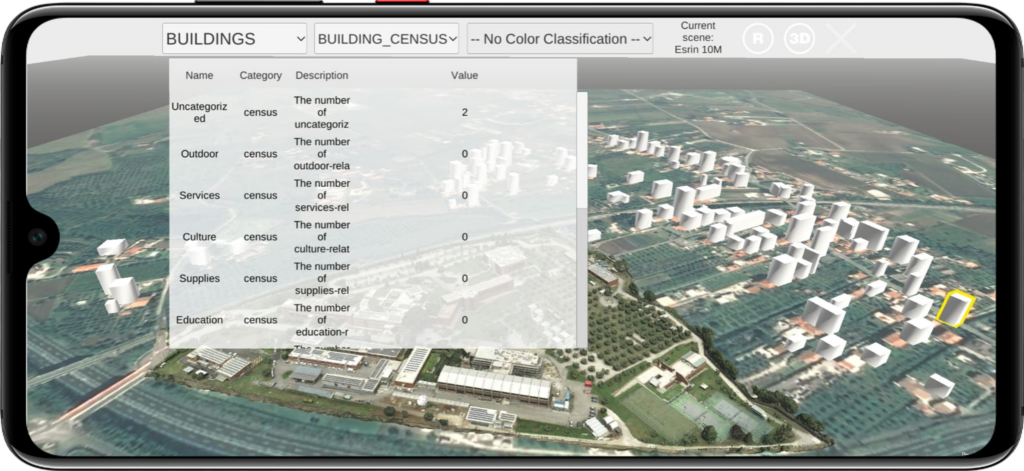


A web-based visualization platform where users can explore the textured 3D model, dive into various data layers and extract information.
A virtual reality app where users can enjoy the same functionalities as the web platform while immersing yourself in a virtual environment.
An augmented reality app where users can discover data, navigate maps, and explore points of interest using augmented reality technology.
Urban digital twins offer a comprehensive and holistic view of city landscapes, enabling planners to make more informed decisions.
This capability allows decision-makers to interrogate individual elements and components, extracting valuable information on diverse themes such as land use, real estate value, accessibility, and more. This integrated approach allows for better calibration of actions, a comprehensive understanding of the territory and its context, and the development of well-informed plans and programs.
Urban Digital Twins provide decision-makers with a powerful tool to enhance their understanding of urban environments and drive data-driven decision-making.


